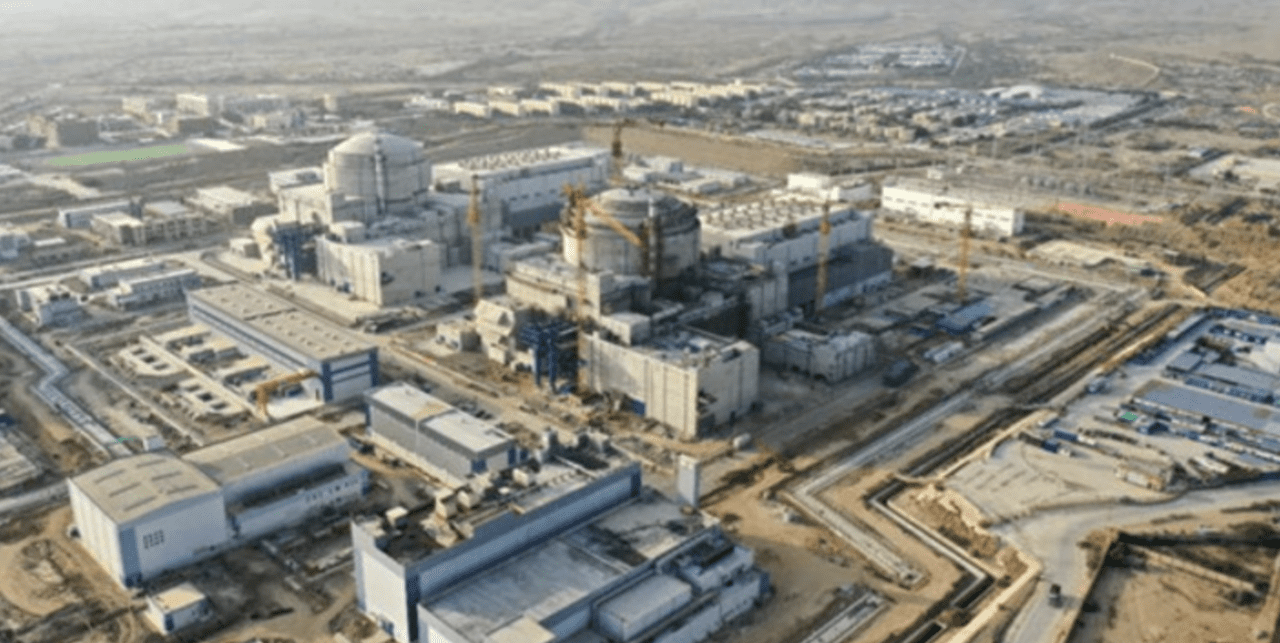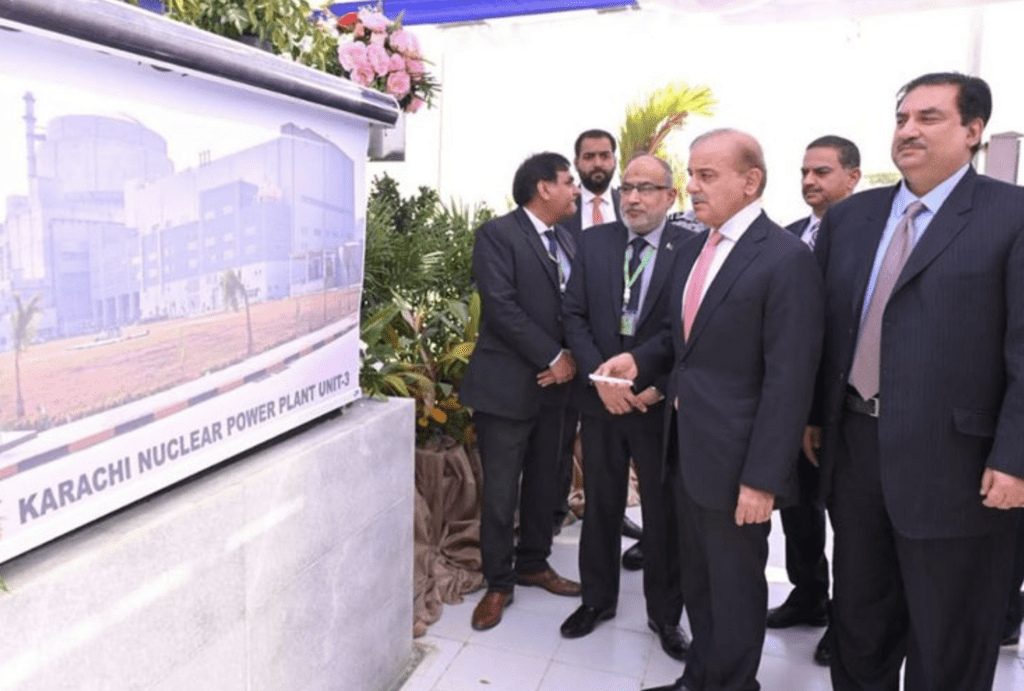Pakistan Inaugurates Third Reactor at Karachi Nuclear Plant
Credit to Author: Darrell Proctor| Date: Fri, 03 Feb 2023 17:22:51 +0000

The third unit of the Karachi Nuclear Power Plant (KANUPP) in Pakistan was inaugurated by Pakistani Prime Minister Shehbaz Sharif on Feb. 2, adding another 1.1 GW of power generation capacity to the country’s national grid. Pakistan, like other countries, is battling an ongoing energy crisis with a lack of generation capacity to meet current electricity demand.
The China-designed Hualong One reactor is the second such model deployed at the Karachi station. The new unit, known as Kanupp-3, represents an investment of $2.7 billion and was built as part of the China-Pakistan Economic Corridor (CPEC) initiative.
The contracts for the two new reactors at Karachi were signed in 2013. Construction of Kanupp-2 began in 2015; construction of Kanupp-3 followed a year later. Kanupp-2 was commissioned in March 2021. Kanupp-3, while inaugurated on Thursday, was connected to the national power grid on March 4, 2022.
Pressurized Water Reactor
The Hualong One, or HPR1000, is a Generation III+ three-loop pressurized water reactor. Its design is said to improve upon the China General Nuclear Power Group’s ACPR-1000 reactor, and China National Nuclear Corp.’s ACP-1000 model. The Hualong One has a single-stack layout, 177 nuclear fuel assemblies, a double containment structure, and both active and passive safety systems.

Sharif at Thursday’s inauguration ceremony said Pakistan “badly needs” cleaner and less-costly sources of energy, noting the country is looking at expanding its nuclear power, hydropower, and renewable energy resources. Sharif said the country has about 60 GW of hydropower generation capacity, but is only utilizing about 10 GW today.
The prime minister congratulated workers from both Pakistan and China who participated in construction of the new reactor. He called the inauguration of Kanupp-3 a “step forward in cooperation with Pakistan’s trusted friend China.”
Rafael Mariano Grossi, in a video message during the ceremony, said the new reactor is important to support Pakistan’s energy supply, and to promote clean energy in the fight against climate change.
Fossil Fuels Top Pakistan’s Generation
Fossil fuel-powered generation, including coal, natural gas, and oil, tops Pakistan’s energy mix, supplying more than 60% of the country’s electricity. Hydropower is next at about 20%. Nuclear power supplies about 10% of Pakistan’s power, according to government figures published Thursday.
The KANUPP facility originally was commissioned in 1972, with a single 137-MW Canada Deuterium Uranium, or CANDU, unit. The pressurized heavy-water reactor was supplied by Canadian General Electric Co. The Kanupp-1 unit operated at reduced capacity since passing its 30-year design life date in 2002, and has been decommissioned with both of the station’s new reactors now online.
The Pakistan Atomic Energy Commission (PAEC) said the country’s current installed nuclear power generation capacity is 3,530 MW. Along with the two reactors at Karachi, the total includes four reactors at Chashma, with two 325-MW units, and two 340-MW units, at that site in Punjab.
Officials with the PAEC have said they want to add another two reactors at Karachi, possibly APR-1400 units, each with 1,400 MW of generation capacity. A fifth unit is planned at Chashma, likely a Hualong One reactor, after the PAEC and China National Nuclear Corp. in late January signed a contract for that construction. The agency also is planning two 1,400-MW units at a site in Muzaffargarh, Punjab.
China and Pakistan in 1986 began cooperating on nuclear power, with both countries signing an “Agreement for Cooperation in Peaceful Uses of Nuclear Energy.” The initial contract as part of that agreement was for construction of the first 325-MW pressurized water reactor at Chashma.
Energy Crisis
Pakistan’s energy crisis has led to chronic power shortages. The country is dependent on imports of fossil fuels, including coal, natural gas, and oil, to support its electricity generation. The country’s foreign-exchange reserves last month dropped to their lowest level since 2014, as high costs for those fuels strained the government’s budget.
Shehbaz on Thursday said the government is faced with a $27 billion outlay for energy imports. Government officials are in talks with the International Monetary Fund (IMF) to increase tariffs on energy products, in exchange for receiving more funding from the IMF.
Officials said a nationwide power outage on Jan. 30 impacted all of Pakistan’s major cities and left millions of people without electricity. Reports out of Peshawar, which has a population of more than 2.3 million, said many residents in that city were without drinking water as pumps could not run without electricity.
Pakistan for years has contended with power outages. One of the worst incidents was in January 2021, when a fault at a power plant brought down the national grid, leading to calls for a massive overhaul of the country’s electricity transmission infrastructure.
—Darrell Proctor is a senior associate editor for POWER (@POWERmagazine).
The post Pakistan Inaugurates Third Reactor at Karachi Nuclear Plant appeared first on POWER Magazine.